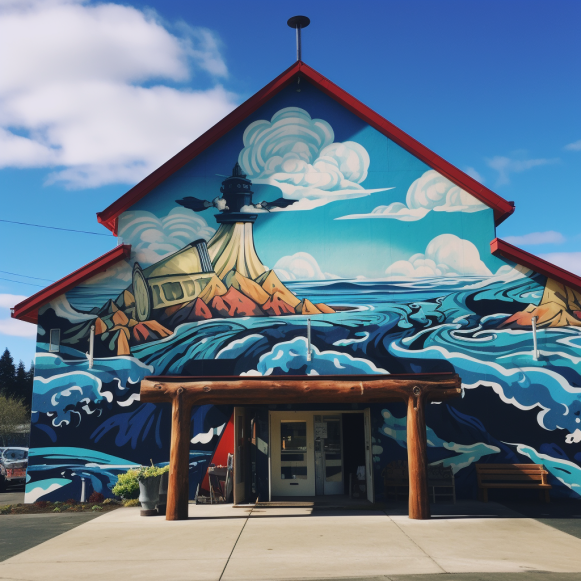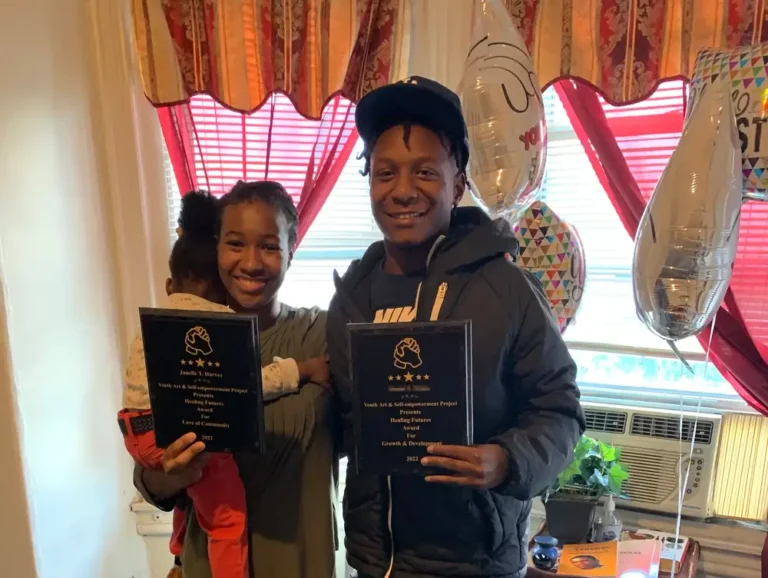A financially independent 32-year-old who built wealth trading stocks explains why he’s moved nearly half his net worth into real estate, and his most lucrative properties

- Erik Smolinski built a seven-figure net worth trading stocks.
- Since 2015, he’s been gradually diversifying his portfolio and adding real estate to the mix.
- He invests in commercial real estate and owns a ski resort, student housing, and golf courses.
Erik Smolinski made his fortune in the stock market.
He began trading stocks as a teen in 2007, after a teacher suggested he invest the money he was earning from odd jobs.
He has only had two negative years in his 16-year trading career: his first two years, 2007 and 2008.
“Since then, my lowest return has been 13.78% in 2018,” the 32-year-old Marine veteran from California told Business Insider.
Smolinski returned 24.6% on average between 2018 and 2022, as evidenced by screenshots of his summary statements. Over the same time period, the S&P 500 index gained nearly 12% on average. 2013 was his best year, with a 52% return. Insider also confirmed that as of September 2023, he had a seven-figure account balance.
While the stock market is his bread and butter, he has been gradually diversifying his portfolio by incorporating real estate.
In 2015, he purchased his first home, a primary residence. He sold that house and moved into his current home in Encinitas, California, a year later. His first investment property was a rental in Fort Lauderdale, Florida, which he purchased with a friend in 2016. His friend eventually bought him out and converted the rental into a primary residence.
According to him, he has also funded a few flips. He discovered that “the margins aren’t always super great” with house flipping, so he never tried it himself and instead worked as a money lender.
Smolinski began investing in commercial real estate about two years ago. He currently owns a majority stake in three properties: student housing outside of Arizona, a ski resort outside of Las Vegas, and a pair of golf courses in Arizona, as evidenced by promissory notes and subscription agreements obtained by Insider.
Over the last eight years, he’s experimented with a few different types of real-estate investing and discovered that commercial real estate, while expensive to get into, can generate returns that are “insanely, insanely lucrative.”
Smolinski prefers commercial real estate transactions that include an operating business, such as a ski resort or golf course, to owning a commercial building and leasing it to tenants because the returns are threefold: “You will receive a preferential return.” The cash flow is the second source of income, so whatever percentage of the deal you own, you will rate a specific cash flow based on that. There’s also the appreciation of the property and the business itself.”
Gradually putting more of his money into real estate: ‘If it makes dollars it makes sense’
Smolinksi estimates that his asset allocation is currently close to 50-50, with half of his portfolio in the stock market and the other half in real estate.
He understands that just because he has over a decade of trading experience and a solid track record does not mean that is the only way he should invest.
Markets “are becoming increasingly efficient,” he said. “I don’t think we’ll ever get to a point where markets are purely efficient, but they get to be efficient enough that it starts to decrease my lunch money.”
This year, however, Smolinski predicted that 2023 will be his best year yet for stock-market returns.
“That’s because we’ve gotten some really good market action,” he went on to say. “But just because things are very good right now, I’m not nearsighted enough to think that I’m going to just stay in this.”
His real estate investments help to diversify his portfolio. He is no longer reliant on a single source of income, which reduces his overall risk.
“The stock market could close because of a global war and I’m not illiquid; I have money in some of these other things,” he went on to say. “There could be a terrible college year where enrollment in the student housing place is doing awful, but that’s okay because people are still golfing and skiing.”
Smolinksi’s real-estate holdings, in addition to diversifying his portfolio, are producing good returns, he added — and, at the end of the day, his investing philosophy is, “if it makes dollars, it makes sense.”
While he is content with his current 50-50 allocation, he is not afraid to make changes in the future.
“I will stay in this position until things change: if commercial real estate has a bad three-year run, fine, I will reallocate.” If the stock market begins to slow and I am unable to produce what I want to produce, it is time to begin investing more and more in commercial real estate,” he said. “For me, it’s a sliding scale. While I am a trader at heart, I am more concerned with the larger business of making money than with the specific vector through which it is done.”






